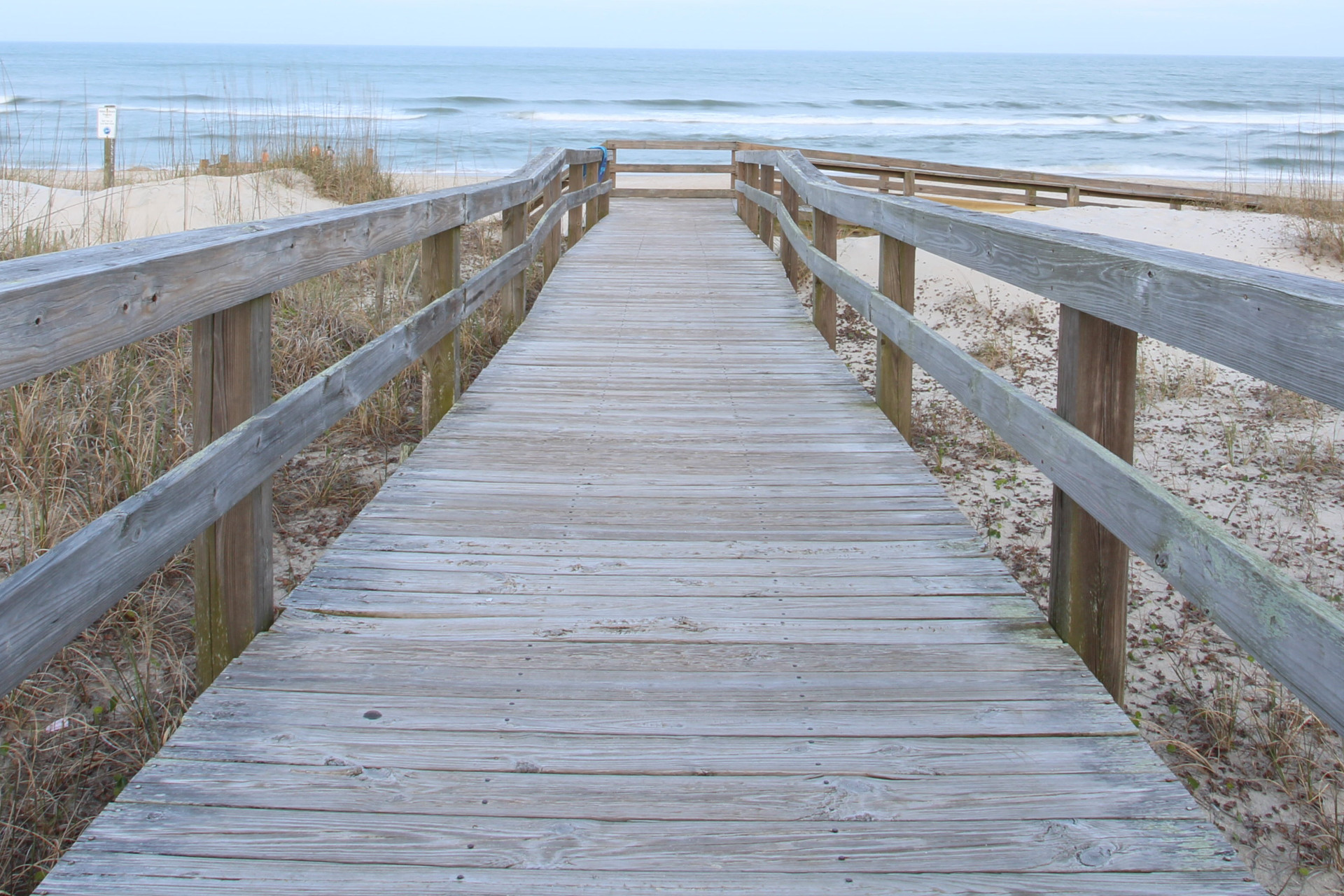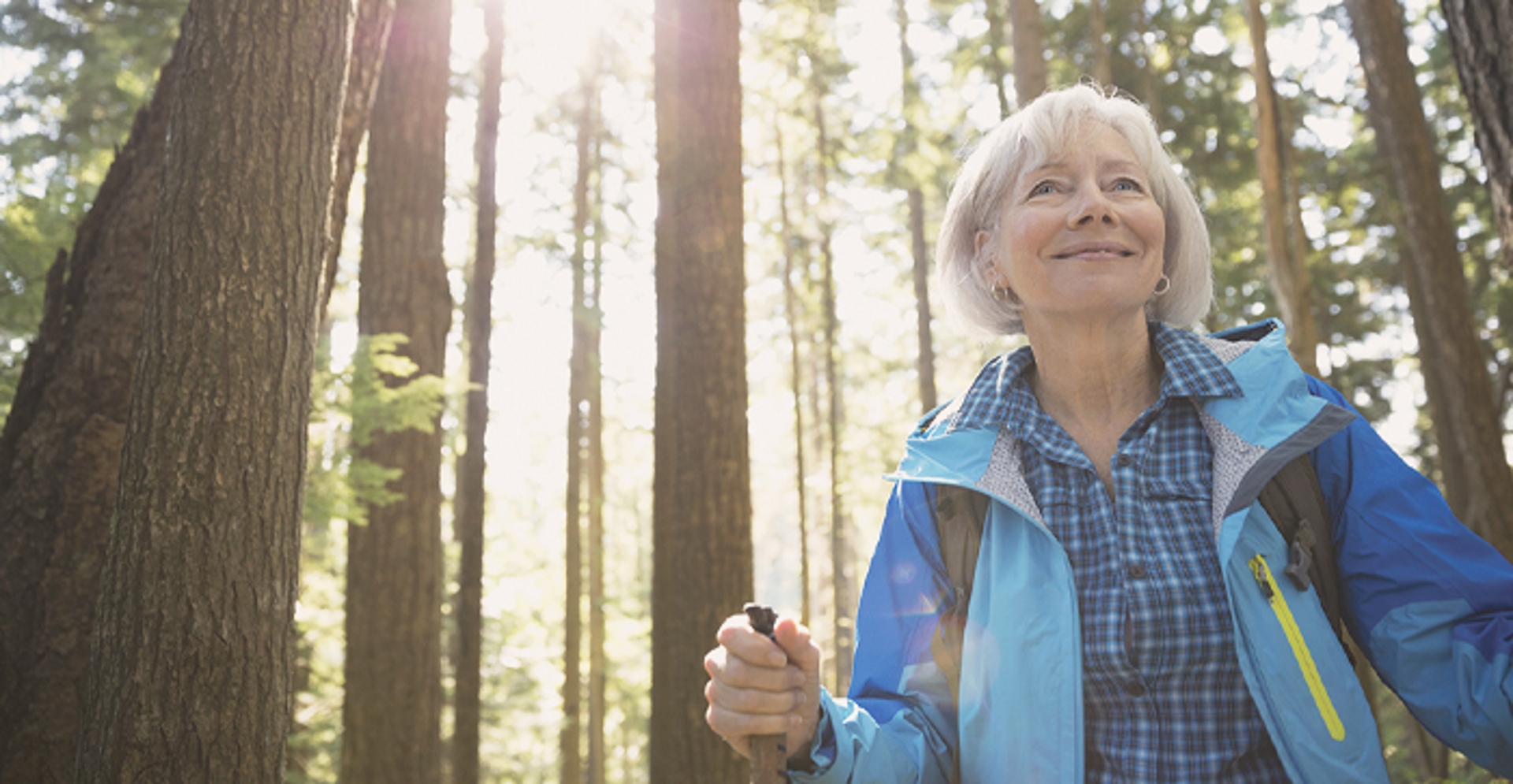10
Apr 2024
The benefits of spending time in the great outdoors are significant. According to the Centers for Disease Control and Prevention, spending time outdoors may improve mental health and help to reduce stress, and the vitamin D the body absorbs while outside can have a positive effect on blood cells and the immune system.
Seniors can benefit from the great outdoors as much as anyone. Vitamin D helps the body absorb calcium, which strengthens bones. That’s especially beneficial for seniors, as the National Council on Aging notes that bone density often decreases after age 50, which can increase the risk of fractures. That’s especially so in women over the age of 50, as a 2021 report from Amgen, Inc., indicated women can lose up to 20 percent of their bone density within five to seven years of menopause.
Spending time in the great outdoors also provides a social benefit, encouraging individuals from all walks of life, including seniors, to get out of their homes and spend time with other people.
With so much to gain from spending time outside, seniors can consider these three outdoor exercises as they seek to maintain or improve their overall health.
1. Walking: Walking is free and effective. In fact, WebMD notes that a brisk 30-minute walk can improve blood flow, contribute to a stronger heart, strengthen bones, and even help people sleep better at night. In addition, a 2022 study published in the journal JAMA Neurology found that people between the ages of 40 and 79 who walked about 9,800 steps per day were 51 percent less likely to develop dementia than people who didn’t walk much at all.
2. Cycling: Riding a bike is both fun and a great form of outdoor exercise. Though many studies regarding the health effects of cycling have looked at the value of riding a bike to work, a scenario that does not apply to retirees, the results of such studies still offer insight into just how valuable it can be to ride a bike. For example, a 2020 study published in the journal The Lancet found that people who cycled to work were 24 percent less likely to die of heart disease and 11 percent less likely to develop cancer. Seniors, whether they are still working or retired, can incorporate cycling into their daily routines and enjoy all the fun and health benefits that riding a bike provides.
3. Hiking: Hiking is a bit more strenuous than walking, particularly when individuals choose to traverse steep and/or rocky terrain. WebMD notes that hiking after age 60 can help people reduce their risk of falls and fractures; lower their risk for a host of ailments, including coronary heart disease, colon cancer and diabetes; reduce blood pressure, even in adults who have already been diagnosed with hypertension; and maintain healthy bones and joints. Hiking is not a one-size-fits-all activity, so seniors, especially those who would characterize themselves as novice hikers, are urged to speak with their physicians prior to hiking trails that are not flat.
Seniors can consider these three fun activities and others as they answer the call of the great outdoors. Walking, cycling and hiking offer a great reason to get out of the house and reap the health-related benefits of spending time outside.






